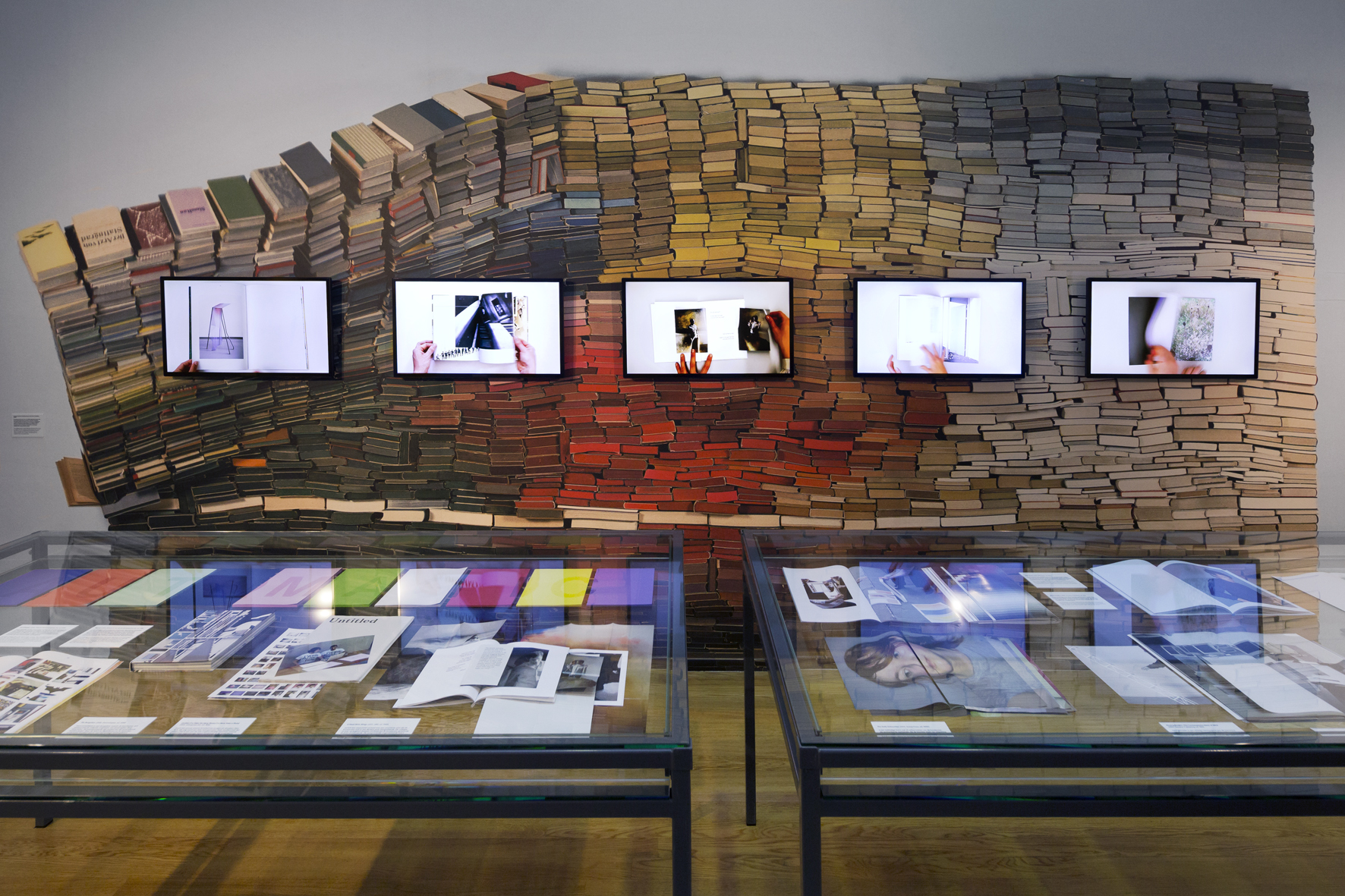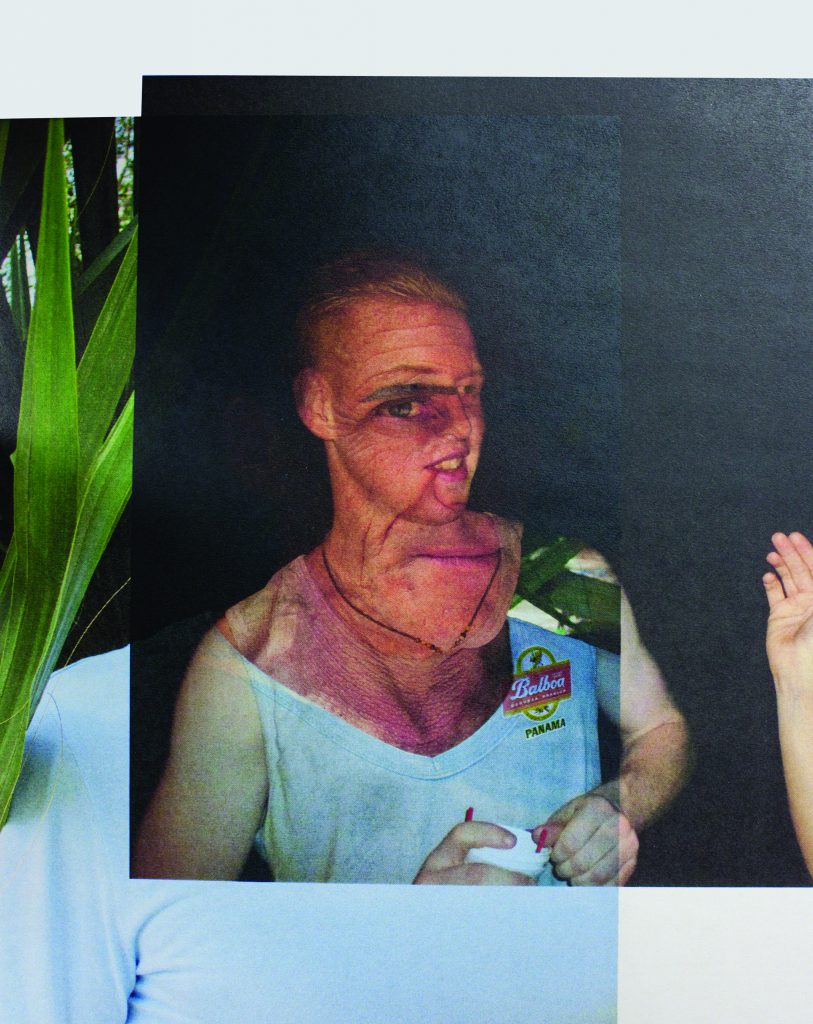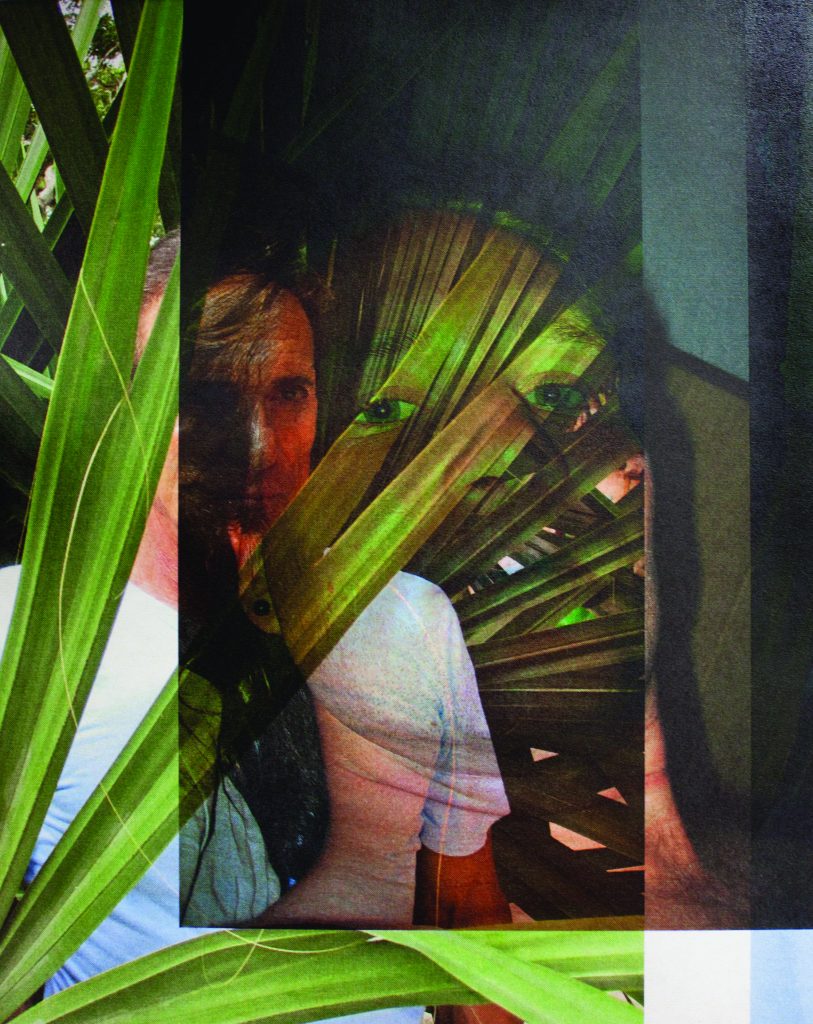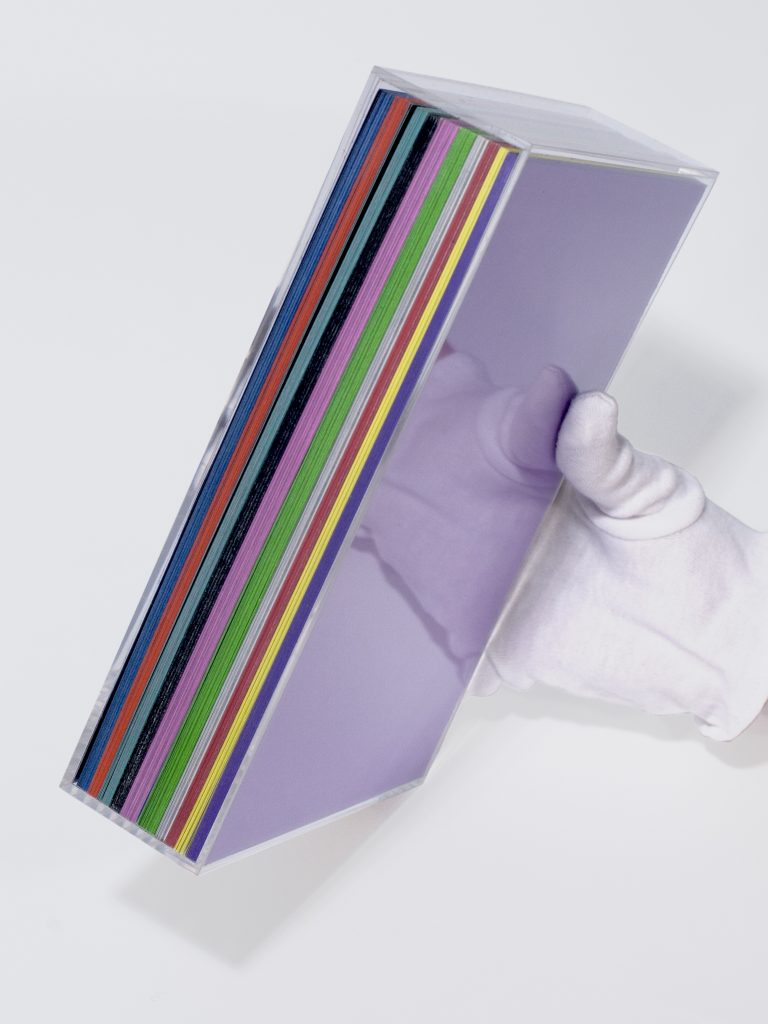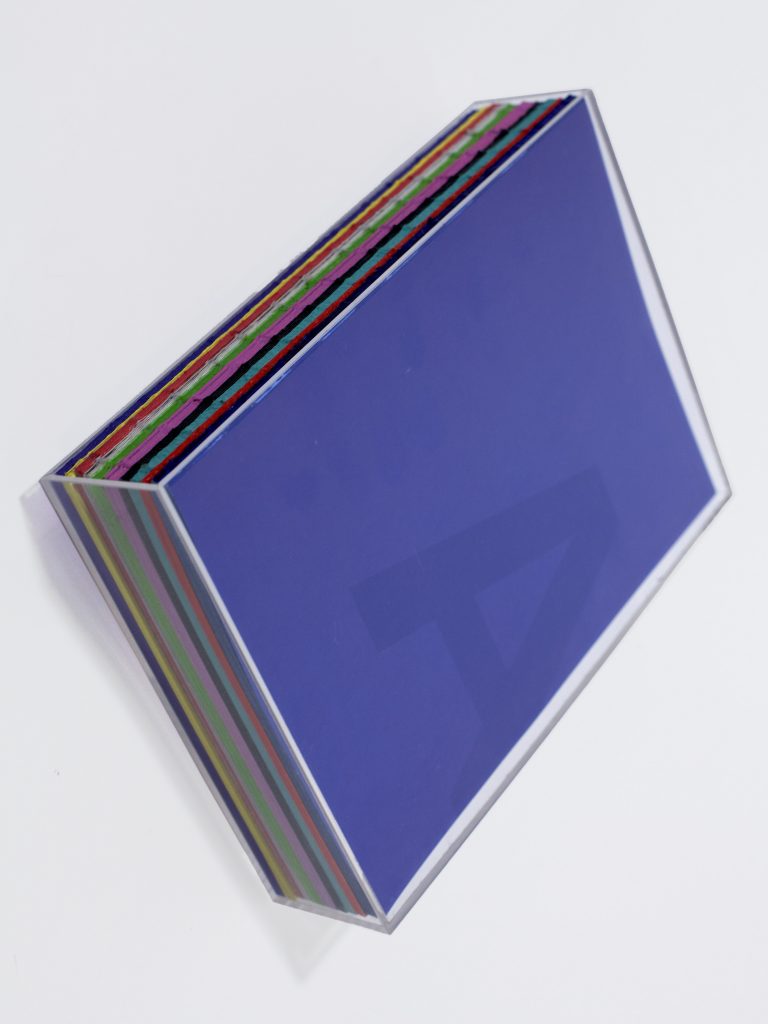Projects and photobooks by Anouk Kruithof
Interview by Maria Serena Bongiovanni
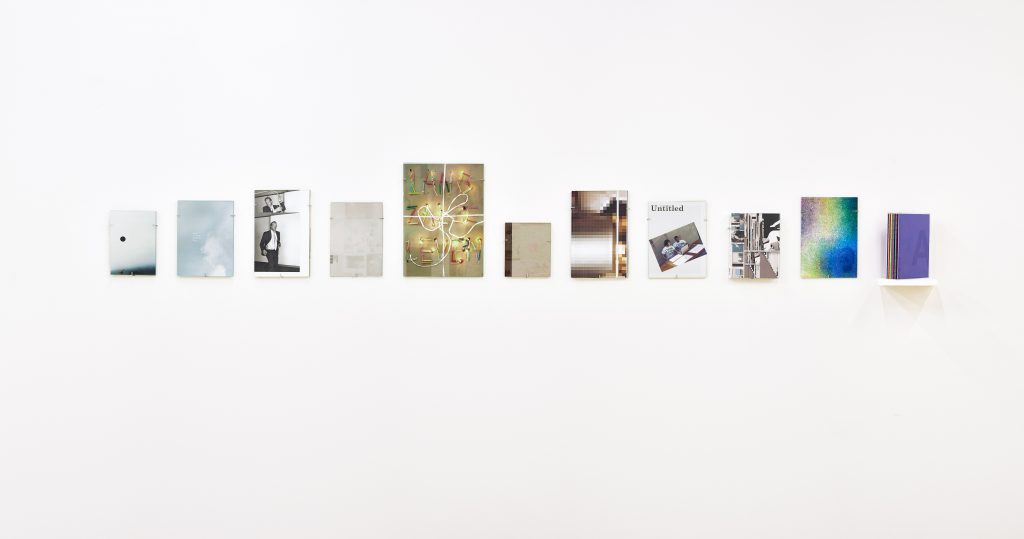
We live in an ocean of images. We could ask you: what does a photo mean nowadays in the contemporary photo landscape? Photography is a very flexible medium. Let’s extract our imagery consideration of photography from the common sphere as it’s possible to translate photographs in something else, as sculptures.
For this reason, we explored the artistic production of the artist Anouk Krutihof who makes photobooks and uses photography in an unconventional way.
Anouk Kruithof demonstrates photography is a complex and multifaceted media and she uses it with great talent.
By approaching the medium from a great variety of angles, her works are equally versatile, ranging from photo collages to video animations, installations, sculptures, publications, performances and public interventions in a nontraditional common sense.
Calotaip showcases her editorial projects and Anouk Kruithof’s approach to photography as medium with “sheer infinity of possibilities”.
Through this interview, Anouk Kruithof let us discover her point of view on publishing and photography and her latest photobook Automagic.
It was a great chance interview her.
Thank you Anouk!
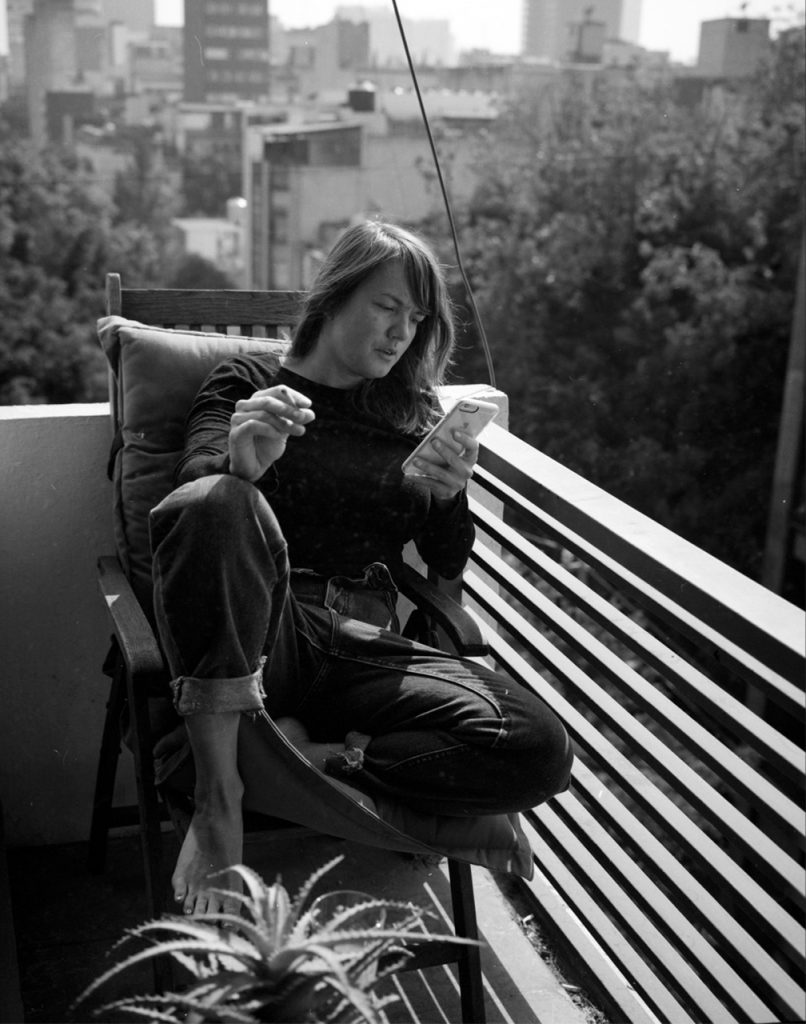
Anouk Kruithof (1981) is a Dutch artist, who divides her time between the Netherlands, Mexico City and New York. She is a poliedric artist, writer and lecturer.
Moreover she is also the founder of The Anamorphosis Prize, an international award for self-published photobooks.
She exhibited in several international institutions in Moskow, St. Petersburg, Berlin, Düsseldorf, New York, Amsterdam, Rotterdam, Liège, Vienna and Shanghai.
Her works are collected internationally by FOAM Amsterdam, Het Stedelijk Museum Amsterdam, Fotomuseum Winterthur Switzerland and Museum Het Domein Sittard NL. Moreover, you can find Anouk Kruithof’s works in the public collection of the MOMA library, ICP library, Pier 24 library and the library of Het Stedelijk Museum Amsterdam among others.
Honoured with an ICP Infinity Award from the International Center for Photography in New York in 2012. Winner of Grand Prix Jury, Photoglobal Prize at Hyeres, Festival international de mode et de photography in 2011.
How did you arrive to art books and publishing?
So, I made books from the start of art academy, maybe in 1999 or 2000. Back then, it was just one copy per book. According to me the perfect way of structuring a photographic story or an idea is throughout the usage of books.
Could you tell us something about your creative process of books?
First of all, I usually have a photographic project laying, a set of images related to a topic. I print all of them, I make sketches and combinations and then I put everything together manually or digitally.
Normally, I take notes of my ideas and then start to speak and collaborate with graphic designers or even work next to each other.
To me is important to have good conversations with some people I trust as the designer and the publisher concerning the reasons why this book should be published. These conversations about what I want from this book make the possible book much more clear.
Then all together we will work from there.
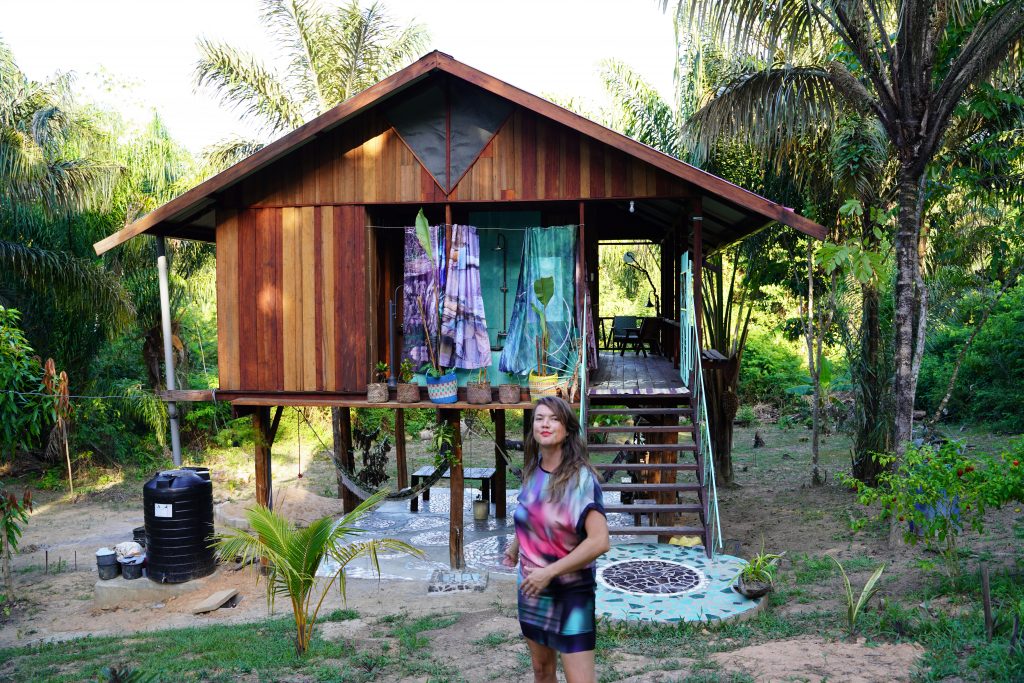
For me making art and being an artist means dedication in throwing life into my ideology. I strive for a more open, inclusive, multi layered, colored way of looking at things, to see the world in its full complexity of what it is.
Anouk Kruithof
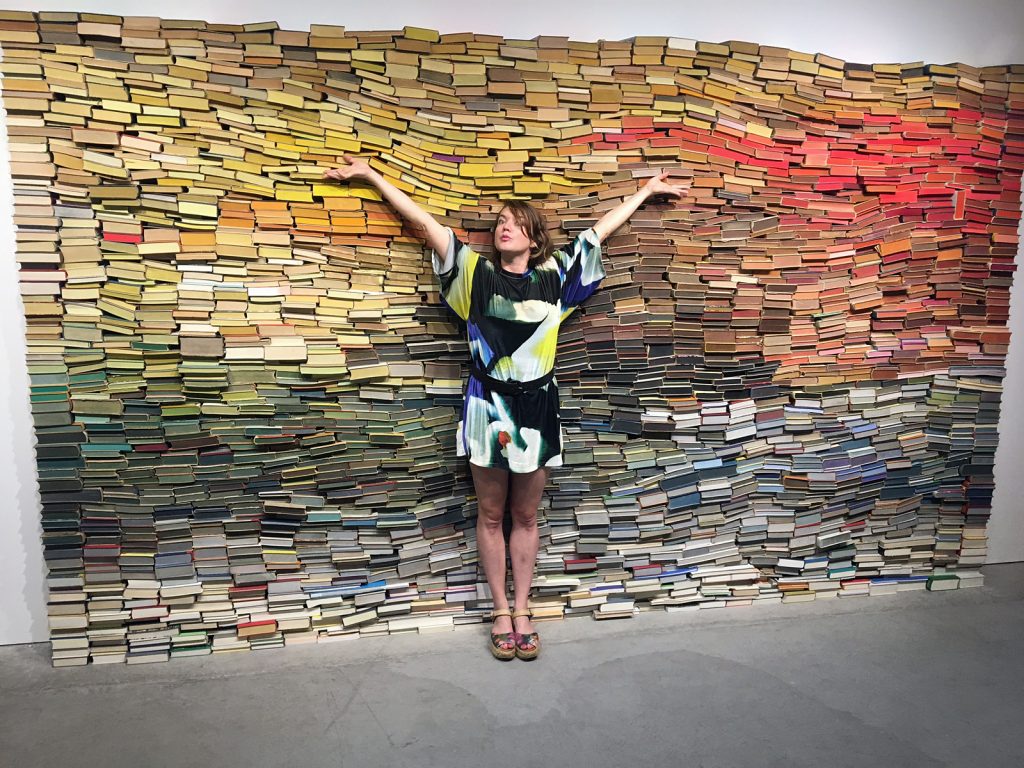
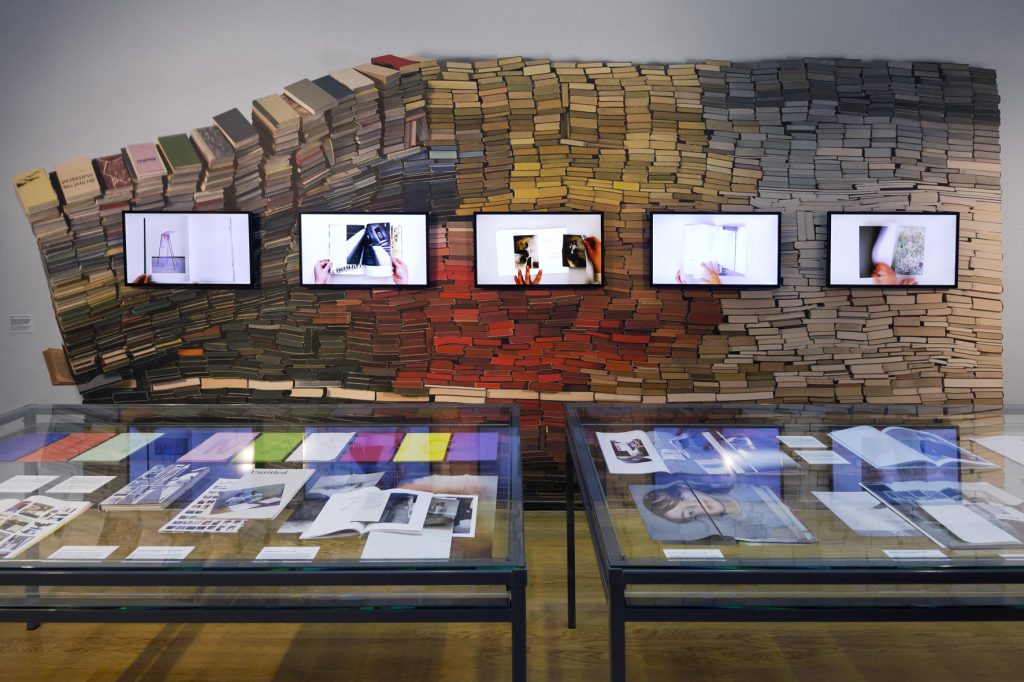
Looking at your work, it seems that photography becomes sculptural, how does this move take place? And how you came to integrate them together?
My work has always been quite spatial. Consequently, I imagine how my work will be into a space where one sees photography or art and I imagine my work surrounded.
Also I like to be surrounded by different thing and look around things in life, as we are in an open world. The relationship between photography and sculpture has a long history, as well as almost all artists work in some ways with (photographic) imagery. Sometimes my imagery becomes material in order to obtain three-dimensional work from indeed.
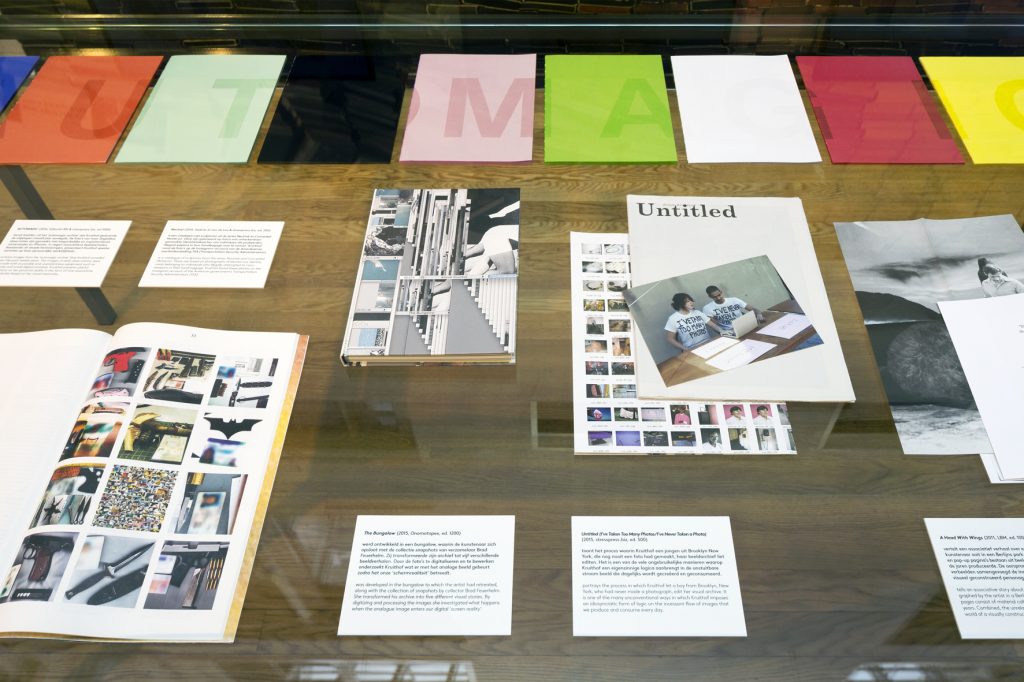
How do text and pictures dialogue in your books? Are you more interested in explanation or narration?
Explanation can be part of a book as a reference in the front or back, giving the work (book) more context. An essay or poem show more stream of thoughts in an associative or philosophical way: I decide per kind of book which text should be involved on it. Like my practice, I function on many platforms, it is like having many tentacles.
In my work I don’t do just one thing, because for me making art and being an artist means dedication in throwing life into my ideology.
I strive for a more open, inclusive, multi layered, colored way of looking at things, to see the world in its full complexity of what it is.
We’re not living in a simple time or moment throughout (for) humanity in relation to the planet we live on.
Therefore, I also like when photos, artworks or books I create, or I look at, have these environmental elements around them. With art you always have to be able to see “more” and “more” and somehow go beyond all these imaginary “doors”. To me then it becomes good art.

The latest Book: AUTOMAGIC
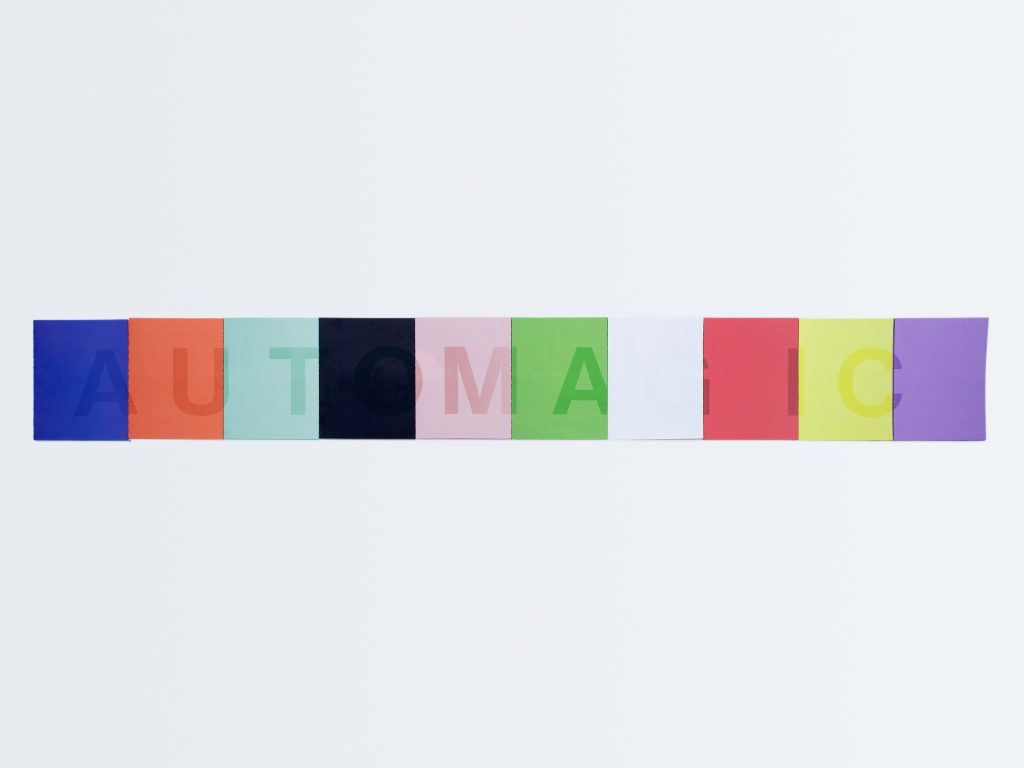
Could you give us a brief overview of your latest book Automagic?
Automagic is a book-object which contains images drawn from the “automagic archive” taken with iPhones and small digital cameras over twelve years. The book does not seek to present a clear narrative, which is created rather by the viewer’s own memories and associations provoked by the nine visual stories presented in nine different books, joined together with a book of text in a transparent acrylic glass box.
This book is an exploration of a collection of images transformed by means of photomontages, screenshots, reproductions, editing with the addition of texts. The diversity of topics and concepts in each book is highlighted by the use of different papers, which make a multi-layered sculpture of this book-object. It demonstrates the resourcefulness, the adventurousness, the sheer infinity of possibilities of the medium of photography. Moreover it shows how the computer and the human mind can act as processors of ways of looking look at our world.
How important are archival and collecting practice to you?
I have to say that I am a mad collector and archivist, you see this throughout my practice.
…and what about the practice of collecting pictures and objects?
What I could say is that I am an addicted image-junkie of it all!
In fact, I collect books, art, objects, stuff, so much stuff, it’s horrible, but needed, some sort of addiction. Fear maybe? Can’t let go? A whole life spent on the capacity of letting go is something.
We are learning but it’s hard, there are days I want to be a minimalist. I can avoid collecting things like clothes or other practical things as I don’t buy anything. On the other hand, I cannot with spirited objects, books, photos, art as these are deeper fulfillment. Maybe I just want to live with that, it enriches my life and surrounding to be with these ‘things’.
Do you think photo publishing and photography are responding to the times we are living?
No, I am surprised about how some photo books are still popping up in my emails by publishers and I can’t believe there is still a market for it but I know the collectors of photo books are part of a small niche, that maybe still keeps supporting enough to have photo book-planet still running.
Do you think photo publishing and photography are responding to the times we are living?
No, I am surprised about some photo books still coming out in my emails from publishers and I can’t believe there is still a market for it, but I know the collectors of photo books is a small niche, that maybe still keeps supporting enough to have photo book-planet still running.
I think new media platforms which show photography correspond more to the time we live in. That does not mean publishing world will die. It will always live on, just because photo book publishing is art in itself and it does not matter whether it does not correspond to the time we live in.
Prints matter and artist book publishing is from all times, can they just walk nicely parallel to the newer platforms to show photography now?
Personally I haven’t been to book fairs for many years, simply because I want to be out of photo book world for a while. After hosting three years long the Anamorphosis Prize and making these huge Automagic book, I realized it was too much for me and I had enough of it. I am sure I’ll restart making books one day, as I love it when I am working on one, but the last couple of years I have just focused on some other things.
Which kind of awareness would you like to reach through your books?
Making books is a way to spread my ideas into an intimate space which is the book with wings easily accessible for people throughout the world, to look at it in any time and in any place.
Credits:
© Anouk Kruithof
https://www.anoukkruithof.nl/
Select and buy your favourite book here: https://www.anoukkruithof.nl/books
